Expansion of Delivery Services
The expansion of delivery services is a pivotal driver for the Hexacopter Market. With the rise of e-commerce and the need for rapid delivery solutions, hexacopters are being explored as a viable option for last-mile delivery. In 2025, the market for drone delivery services is anticipated to reach USD 3 billion, highlighting the potential for hexacopters in this sector. Companies are investing in hexacopter technology to enhance their logistics capabilities, aiming to reduce delivery times and operational costs. As regulatory frameworks evolve to accommodate drone deliveries, the Hexacopter Market is likely to experience accelerated growth, reflecting the increasing reliance on aerial solutions for efficient delivery.
Integration of AI and Automation
The integration of artificial intelligence (AI) and automation technologies is transforming the Hexacopter Market. Hexacopters equipped with AI capabilities can perform complex tasks such as obstacle avoidance, autonomous navigation, and data analysis. This technological evolution enhances operational efficiency and safety, making hexacopters more appealing to various industries. In 2025, it is estimated that over 25% of hexacopters will incorporate AI features, reflecting a growing trend towards automation in drone operations. As industries increasingly adopt these advanced technologies, the Hexacopter Market is poised for substantial growth, driven by the demand for smarter and more capable aerial solutions.
Advancements in Battery Technology
Battery technology advancements play a crucial role in shaping the Hexacopter Market. The development of high-capacity, lightweight batteries significantly extends flight times and operational ranges of hexacopters. Innovations such as lithium-sulfur and solid-state batteries are gaining traction, potentially increasing the efficiency of hexacopters. In 2025, the average flight time for commercial hexacopters is expected to exceed 30 minutes, a substantial improvement from previous years. This enhancement not only boosts the performance of hexacopters but also expands their applicability across various sectors, including delivery services and emergency response. Consequently, the Hexacopter Market is likely to witness increased adoption as battery technology continues to evolve.
Increased Demand for Aerial Surveillance
The Hexacopter Market experiences a notable surge in demand for aerial surveillance applications. Various sectors, including agriculture, construction, and security, increasingly rely on hexacopters for real-time monitoring and data collection. The ability of hexacopters to cover vast areas quickly and efficiently enhances their appeal. In 2025, the market for aerial surveillance drones is projected to reach approximately USD 5 billion, indicating a robust growth trajectory. This demand is driven by the need for enhanced situational awareness and operational efficiency, particularly in urban environments. As industries seek to optimize their operations, hexacopters emerge as a vital tool, suggesting a sustained growth in the Hexacopter Market.
Growing Interest in Recreational Drone Use
The Hexacopter Market is significantly influenced by the growing interest in recreational drone use. As more individuals engage in drone flying as a hobby, the demand for hexacopters designed for personal use is on the rise. In 2025, the consumer segment of the hexacopter market is projected to account for nearly 40% of total sales, reflecting a shift towards more accessible and user-friendly models. This trend is further supported by the proliferation of online communities and social media platforms dedicated to drone enthusiasts. As manufacturers respond to this demand by producing affordable and feature-rich hexacopters, the market is likely to expand, indicating a vibrant future for the Hexacopter Market.


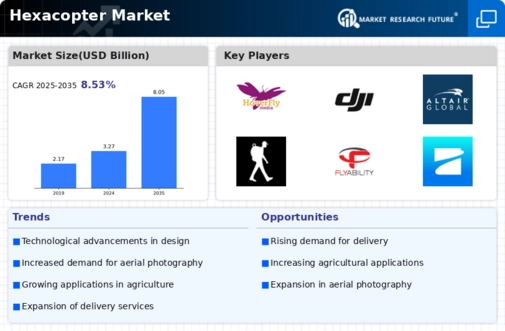
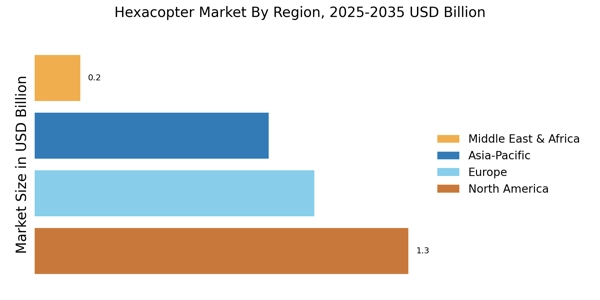
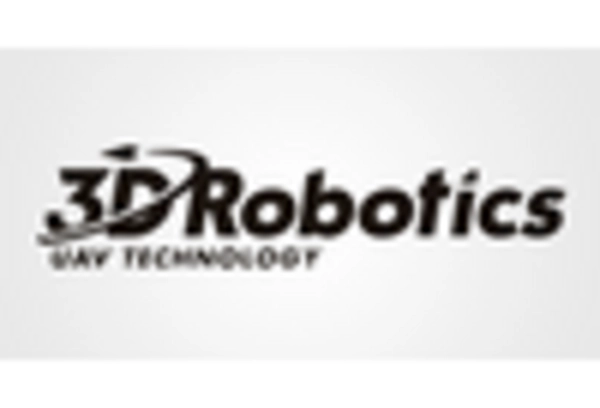
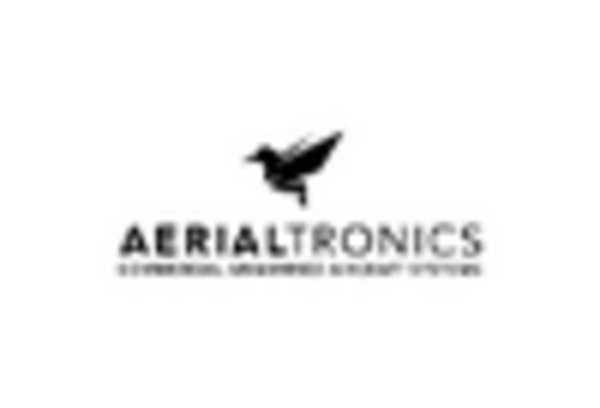
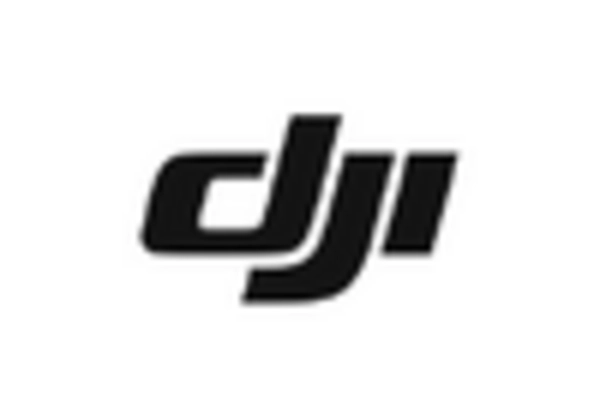
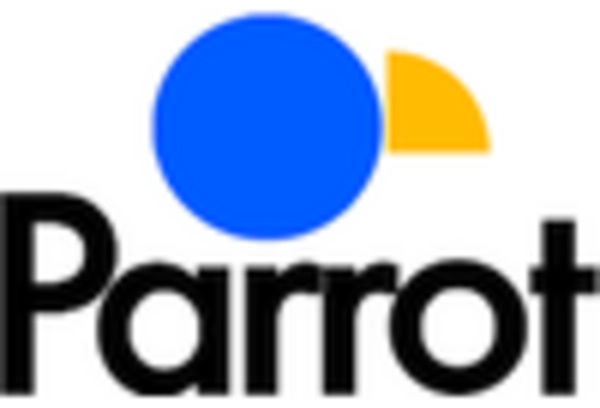
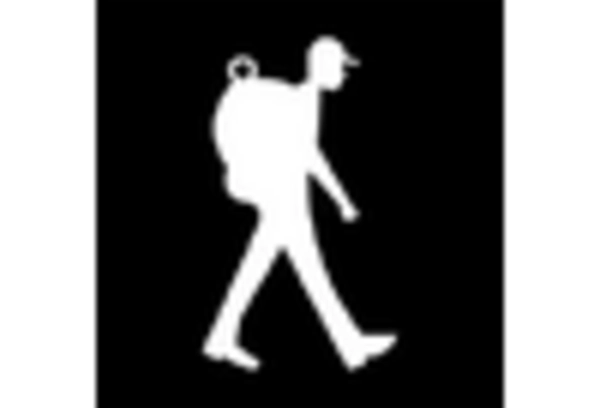
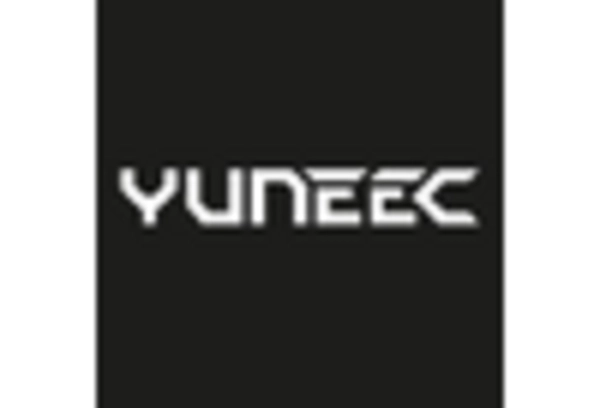








Leave a Comment